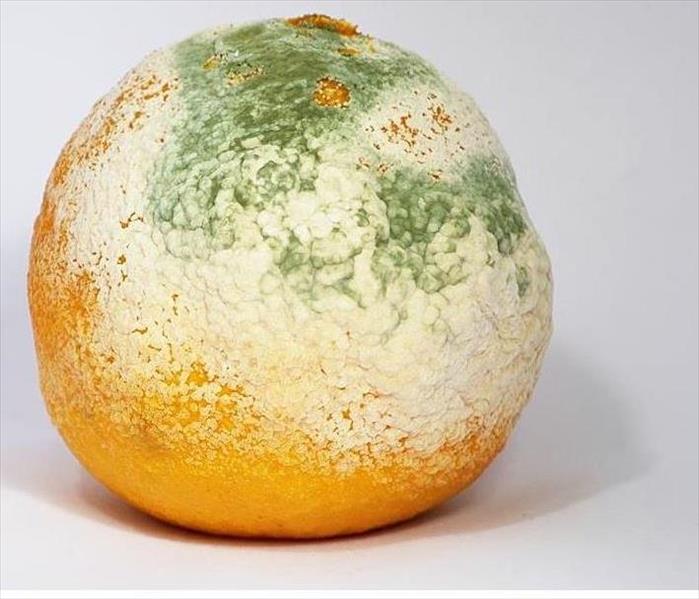Keeping An Eye Out for Mold
8/8/2018 (Permalink)
The truth about MOLDThere are many myths about mold, like: it is no big deal, I can just wipe it off and it is gone, every house has mold so there is nothing that can be done. These are all wrong! Mold is a big deal and wiping it off the surface may not actually take it away. Not every house has it but every house can get it.
What Is Mold?
Mold is a type of fungus that consists of small organisms found almost everywhere. They can be black, white, orange, green, or purple. Outdoors, molds play an important role in nature, breaking down dead leaves, plants, and trees. Molds thrive on moisture and reproduce by means of tiny, lightweight spores that travel through the air. You’re exposed to mold every day.In small amounts, mold spores are usually harmless, but when they land on a damp spot in your home, they can start to grow. When mold is growing on a surface, spores can be released into the air where they can be easily inhaled. If you're sensitive to mold and inhale a large number of spores, you could experience health problems.Where Do Molds Grow?
Your walls, floors, appliances, carpet, or furniture – they can all provide the food mold needs to grow. But the thing all molds need most is moisture, so you're most likely to see mold in damp places such as bathrooms, kitchens, laundry rooms, basements, and crawl spaces.And it can affect a wide range of people from the young to the old; here are some of the people it can affect:- People with allergies and asthma,
- Infants and children
- The elderly
- People whose immune systems are compromised due to HIV infection, cancer, liver disease, or chemotherapy
- People with chronic lung disease
- Use dehumidifiers and air conditioners, especially in hot, humid climates, to reduce moisture in the air.
- Keep indoor humidity below 60% if possible. You can measure relative humidity with a hygrometer, an inexpensive instrument available at many hardware stores.
- Keep air conditioning drip pans clean. Make sure drain lines are free of obstructions and flow properly.
- Keep the house warm in cool weather. As the temperature goes down, the air is less able to hold moisture and it condenses on cold surfaces, which can encourage mold growth.
- Dry wet areas within 24 to 48 hours to prevent mold growth.





 24/7 Emergency Service
24/7 Emergency Service
